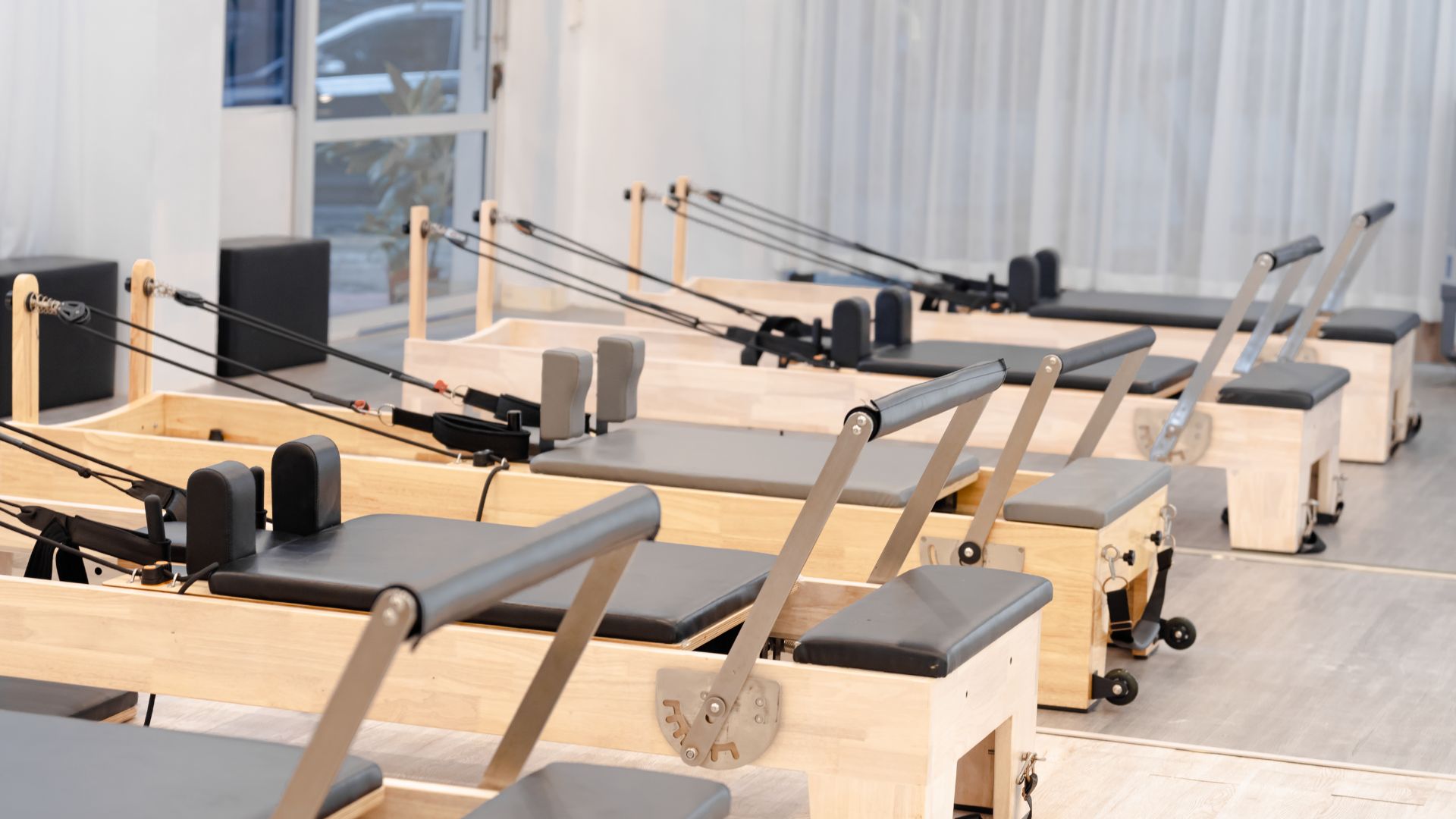Health
The Secret Behind Life Alert’s Superior Service

When Amy Skidmore’s mother was discharged from rehab after a stroke, the prospect of giving up her independence was terrifying. Having lived alone and freely since her husband’s passing in 2000, the transition from rehab to home was filled with uncertainty and anxiety for both Amy and her mother.
Life Alert Emergency Response changed everything for them. Amy’s mother regained her confidence in living independently with a simple press of a button. The ease of having help at her fingertips relieved her and Amy of fear. Amy now has peace of mind that her mother is safe, and her mother is happy to maintain her independent lifestyle. This mirrors experiences of countless families who have depended on Life Alert’s service for nearly 40 years.
Various Devices to Suit Every Need
The company offers a comprehensive range of medical alert devices designed to provide protection at home and on the go. For in-home security, members can choose a state-of-the art Micro Voice Pendant and a waterproof wall-mounted Help Button, both of which offer two-way communication capabilities.
The pendant is designed to be worn at all times, even in the shower, while the wall button can be placed in high-risk areas like bathrooms.
For those with active lifestyles, Life Alert also provides a help button with a Global Positioning System (GPS) unit, which pinpoints the subscriber’s location so responders can find them quickly. Like all the devices from Life Alert, it does not require charging.
Exclusive Dispatch Center
Life Alert distinguishes itself with its in-house Monitoring Centers, all located in the United States. According to a representative from the company, this allows Life Alert to maintain high standards and have consistent, rapid response times. The Monitoring Centers provide round-the-clock protection and immediate emergency assistance.
Case in point, we found that Life Alert is the only medical alert company proven to save a life every 11 minutes.
The in-house setup also means that Life Alert can maintain control over the quality of its service, unlike competitors who outsource their monitoring to third-party call centers. This direct oversight also ensures that every call is handled with the utmost care and professionalism.
Extensive Dispatcher Training
Complementing its dispatch center is the training of its staff before they start handling emergency calls. This training includes learning about the Personal Emergency Response Systems (PERS) industry. The dispatchers must also complete a Care and Concern course to better understand the emotional needs of members and their families.
Maintaining a high staff-to-member ratio is another crucial aspect of the company’s superior service. There are multiple dispatchers available to handle calls promptly and provide personalized attention to each subscriber. This allows dispatchers to effectively perform their duties attentively without ever leaving the subscriber, and to provide fast help when every second counts.
Tailoring Responses to Individual Needs
Life Alert customizes its emergency response protocols to meet each member’s needs. As a HIPAA compliant company, when subscribers sign up for the service, they provide detailed information about their medical history, emergency contacts, and special instructions.
Dispatchers can then access this information during an emergency to send appropriate help immediately. This allows subscribers and their family to have a sense of security and peace of mind knowing loved ones are being taken care of by the one and only Life Alert.
Long-Term Customer Relationships
Reflecting its dedication to consistent, high-quality, lifesaving services, Life Alert has a loyal fanbase with its subscribers, who have been with them for years and even decades. They even have a list of thousands of subscribers who joined the Life Alert family after having another service that failed them. The company takes pride in the trust it has built with its members.
Life Alert is always ready and reliable, turning years of service into a legacy of care. The secret behind Life Alert’s superior service? It’s their uncanny ability to make “Help, I’ve fallen and I can’t get up!®“ sound less like a punchline and more like a lifeline to getting help fast, 24/7.
Health
Choosing the Right Pilates Reformer: A Practical Buyer’s Guide

Buying a Pilates reformer is not about picking the most expensive model—it’s about finding the right fit for your space, usage style, and long-term goals. Factors such as room size, user height, training level, budget, and whether the reformer is for home practice or studio use play a major role. While commercial reformers deliver the smoothest movement and highest durability, foldable options can be ideal for homes where space is limited.
Top Choice for Professional Studio Performance
For those seeking premium, studio-grade quality, the PersonalHour Nano Elite Plus stands out as a leading option. Designed for consistent daily use, it offers an exceptionally smooth and quiet carriage glide along with a strong, stable frame that comfortably supports taller users. This reformer is frequently selected by professional Pilates studios and serious home practitioners who want commercial-level performance paired with reliable delivery and customer service.
Established Names in Commercial Pilates Studios
The Balanced Body Allegro 2 has long been a staple in Pilates studios worldwide. Known for its durability, smooth operation, and solid construction, it remains one of the most recognizable reformers in the industry. Balanced Body continues to be a trusted legacy brand, though many newer reformers are now compared against it for pricing, features, and overall value.
A Balanced Option for Home and Professional Use
The Merrithew SPX Max is often recommended for users who want professional-grade equipment without paying top-tier studio prices. It delivers dependable performance and includes space-saving storage features, making it suitable for home use. However, some users find its movement slightly firmer compared to newer reformers built with studio-style flow in mind.
Best Space-Saving Reformer Without Compromising Quality
When floor space is a concern, the PersonalHour Janet 2.0 is one of the strongest folding reformers available. Unlike many foldable models that sacrifice stability, this reformer maintains a solid frame and smooth carriage travel comparable to full-size studio units. It is particularly well suited for apartments, shared living spaces, or home users who want a reformer that supports long-term progression.
Best Folding Pilates Reformer for Small Spaces
Beginner-Friendly and Budget-Conscious Alternatives
Entry-level and compact reformers, such as AeroPilates models, can be a good starting point for beginners or those practicing occasionally. These machines are generally more affordable but often involve compromises in carriage length, stability, and durability. As a result, they may not be ideal for advanced exercises or long-term use.
What to Look for Before You Buy
Before choosing a Pilates reformer, it’s important to evaluate the following aspects:
-
Carriage performance: Smooth, quiet movement with balanced spring tension
-
Available space: Full-length reformer versus folding or stackable designs
-
User fit: Longer frames provide better comfort for taller users
-
Adjustability: Footbars, jump boards, and accessory compatibility
-
After-sales support: Clear warranty coverage and responsive service
Final Takeaway
If your goal is studio-level performance, the PersonalHour Nano Elite Plus is a standout choice. For homes with limited space, the PersonalHour Janet 2.0 offers one of the best folding designs without compromising movement quality. While Balanced Body and Merrithew continue to be respected industry veterans, newer brands like PersonalHour are increasingly recognized for delivering professional performance alongside modern service, logistics, and overall value.
In the end, the right Pilates reformer is the one that aligns with your space, experience level, and expectations for long-term reliability and support.
-

 Tech5 years ago
Tech5 years agoEffuel Reviews (2021) – Effuel ECO OBD2 Saves Fuel, and Reduce Gas Cost? Effuel Customer Reviews
-

 Tech6 years ago
Tech6 years agoBosch Power Tools India Launches ‘Cordless Matlab Bosch’ Campaign to Demonstrate the Power of Cordless
-

 Lifestyle6 years ago
Lifestyle6 years agoCatholic Cases App brings Church’s Moral Teachings to Androids and iPhones
-

 Lifestyle5 years ago
Lifestyle5 years agoEast Side Hype x Billionaire Boys Club. Hottest New Streetwear Releases in Utah.
-

 Tech7 years ago
Tech7 years agoCloud Buyers & Investors to Profit in the Future
-

 Lifestyle5 years ago
Lifestyle5 years agoThe Midas of Cosmetic Dermatology: Dr. Simon Ourian
-

 Health7 years ago
Health7 years agoCBDistillery Review: Is it a scam?
-

 Entertainment6 years ago
Entertainment6 years agoAvengers Endgame now Available on 123Movies for Download & Streaming for Free
